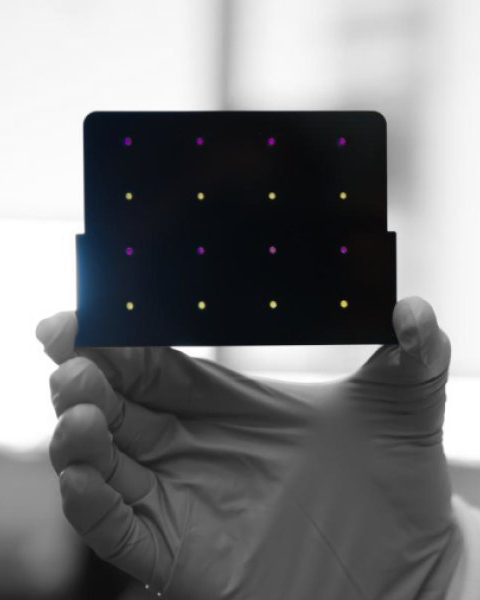Harvard helps in seeking Zika
 Researchers have designed a portable and cheap kit that changes colour when it detects the Zika virus.
Researchers have designed a portable and cheap kit that changes colour when it detects the Zika virus.
Engineers at Harvard University say their new Zika diagnostic, which can be freeze-dried and stored for up to a year, has been used to successfully detects the virus in monkeys.
The synthetic biology diagnostic tool can be used on the serum (blood or possibly saliva) of infected individuals to detect viruses at significantly lower concentrations than previously possible.
By combining RNA amplification and a CRISPR-based module, the platform can communicate results through a simple “colour-change” assay, allowing even an untrained eye to evaluate whether Zika is present or not in a biological sample.
“We had been working ... toward a more field-ready format when the Zika outbreak was reported, and we felt, given the critical need for low cost, field-based diagnostics, that our approach could make an impact,” says research leader James Collins.
“We can now demonstrate a rapid prototyping and sensor assembly pipeline that can be applied to other emerging pathogens or health crises.”
While still a proof-of-concept demonstration, with the necessary product development, scaling, and manufacturing, the Zika diagnostic approach could be ready in a matter of months for use in clinical or laboratory settings with the capability to incubate reactions at 37-41 degrees Celsius.
Such a test would help avoid the key failings of currently available options for Zika detection, such as potential mix-up with closely-related viruses, and the lack of specialised skills and personnel outside of large urban areas.
If proven successful in the field, “the test's low cost and minimal equipment also means that it can be used for monitoring the spread of illnesses across large populations of people, enabling us to monitor the pathogen as an outbreak is occurring”, Collins says.
“NGOs like the WHO can use this information to get ahead of an outbreak in order to contain it and save lives.”








 Print
Print